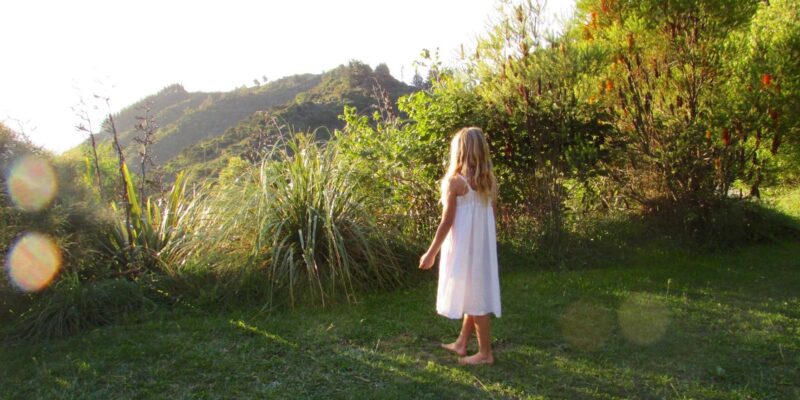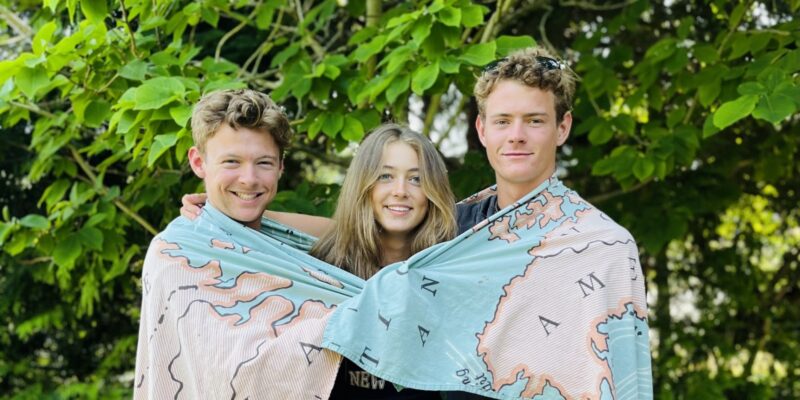It must have been the scarcity of detail in that tawny landscape that made detail so precious. – Will Cather, My Antonia
As a native of the Pacific Northwest, the Great Plains always held a Little House on the Prairie like romance for me as a child. I remember sitting in cedar groves that barely let sunbeams through, imagining big skies and fields of a dusty, golden wheat. Until this road trip, I had no idea of the beauty of wide-open spaces.
The Nebraska Sandhills region of the Great Plains covers almost 20,0000 square miles of Northern Nebraska or one-fourth of the entire state. After driving through fourteen U.S. states on this road trip already, the Sandhills were unforgettable.
The Nebraska Sandhills are an ecoregion, distinct from other grasslands of the Great Plains. As much as 85% of this ecoregion is an intact natural habitat, the highest level anywhere in the Great Plains. The Sandhills are not conducive to farming and most of the land has never been plowed. It is the most intricate wetland ecosystem in the United States and it seems to appear out of nowhere. There is so much movement in the landscape as the wind blows the dunes and grasses that I kept expecting the ocean to be on the horizon. I could almost smell the salty haze that engulfs the beach at sunrise but I knew the ocean was still nearly 1,000 miles away.
I will forever remember the details of the Sandhills Region because so much of the landscape surrounding it was wide open space capped by a big sky. I loved that the open space made the details so much more precious to the point where we noticed every new tree or wildflower bloom. I also loved that the details gave us much needed perspective in the vastness of the open space.
It was a gift to have the feeling of enough space to appreciate the little things. Too much detail can be stifling and too much space can be disorienting. The big picture, with just the right amount of detail, proved once again to strike the perfect balance.


